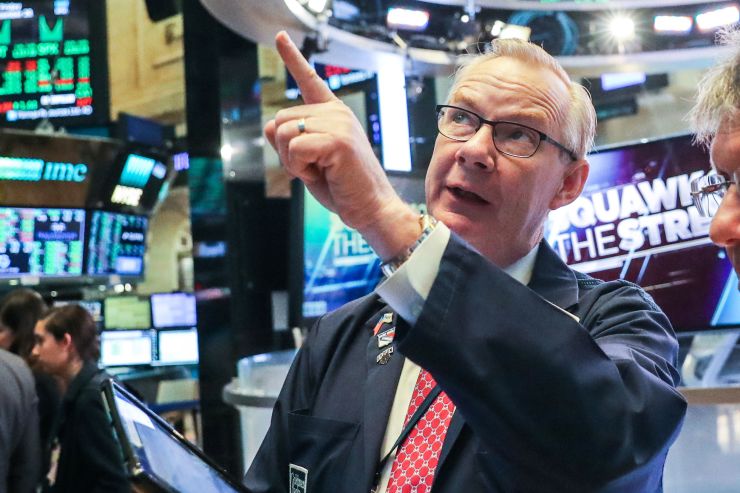
Want to know where the stock market is going? Just track dividends, a strategist at Citi Research says.
“Everyone has their favourite theory about what drives equity markets,” strategist Robert Buckland wrote in a note earlier this month. “We think it’s much simpler than that.”
Buckland notes that dividends across global equity markets have increased by 7% on an annualized basis since 2010. Global stocks have shown the same growth.
And by estimating the increase in overall dividends paid by stocks, investors should be able to forecast where stock prices are ultimately headed over the long term, Citi says.
“Sure, sometimes share prices run ahead of dividends and sometimes they lag. But these decouplings don’t last too long,” Buckland said. “The overall historical message is clear: get dividends right and you will get share prices right.”
Based on estimated dividend growth, global equities should return 13% over the next two years, Citi estimates.
Wall Street strategists use complicated models with several inputs to calculate their forecasts, ranging from price-earnings ratios to interest rates, not to mention the short-term headlines that cause strategists to change their forecasts frequently. For example, trade tensions between China and the U.S. flared up earlier in May, causing global stocks to fall more than 3% this month and many strategists have adjusted their forecasts accordingly.
But their long-term forecasting method should be much simpler than that and not account for short-term volatility, Buckland says.
“Maybe short-term sentiment is driven by Fed policy or trade wars or whatever, but in the end equities are doing what they should do — tracking fundamentals,” Buckland said. The strategist does not go into a deeper explanation in his note as to why stock market returns equal dividend growth, just that the relationship has held up over time in many countries’ markets.
The link probably has to do with the fact that dividends accurately portray over the long term the real fundamentals of a company because they represent the actual excess money left over after all the expenses have been paid. What’s interesting is that this relationship holds despite the fact that so many big companies like Amazon do not pay dividends.
To be sure, Buckland warns “there is significant scope for error in these forecasts” as consensus dividend expectations may be wrong, “although they are less likely to be wrong than consensus EPS forecasts.”
